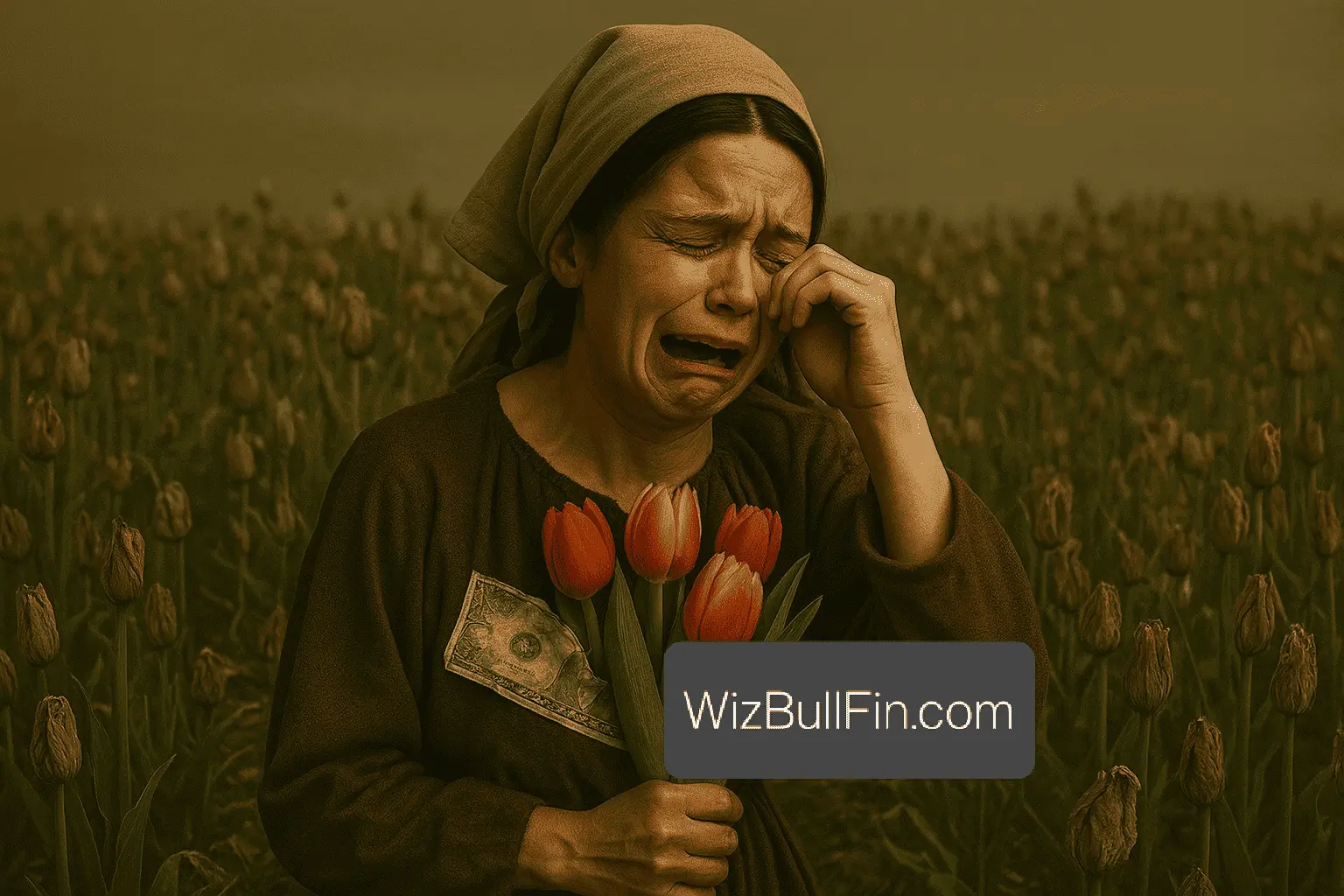Step back in time to 17th-century Amsterdam, a period when the humble tulip wasn’t just a flower, but a dazzling, dangerous commodity. This was the era of Tulip Mania, a wild speculative frenzy that culminated dramatically in 1637, turning ordinary flower bulbs into objects of unimaginable wealth, only to see fortunes vanish overnight. It’s a story that continues to resonate today, offering a potent lesson in market irrationality and the seductive, often perilous, pursuit of quick riches. Understanding the “tulip mania 1637 crisis” isn’t just about history; it’s about grasping the timeless patterns of human behavior in speculative bubbles. From Exotic Beauty to Economic Obsession: How Tulips Took Hold Originally gracing the gardens of the Ottoman Empire, tulips arrived in Europe as truly exotic treasures. Their vibrant colors and unique forms quickly captivated the Dutch elite, becoming a symbol of status and sophistication. Yet, their journey from garden novelty to …
Read more


